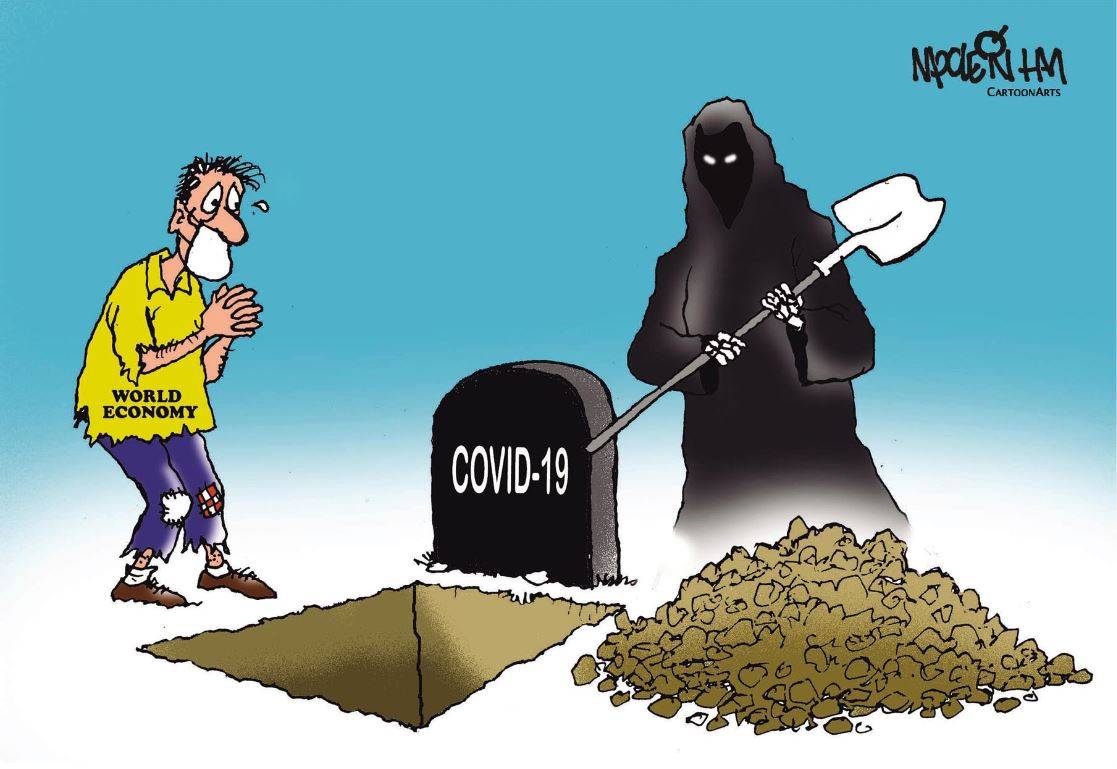There is broad agreement that the COVID-19 pandemic has exacerbated inequality within countries. Less frequently noted is the impact on inequality across countries, which has been moving in the opposite direction, owing to the disproportionate effect that the virus has had on advanced economies.
Early in the pandemic, many expected that poorer countries would be hit much harder than rich ones. In a May 2020 poll of the Initiative on Global Markets’ Economic Experts Panel, a majority agreed that the “economic damage from the virus and lockdowns will ultimately fall disproportionately hard on low- and middle-income countries.” And policymakers held a similar view, with International Monetary Fund managing director Kristalina Georgieva noting in April that, “just as the health crisis hits vulnerable people hardest, the economic crisis hits vulnerable countries hardest.”
The assumption was that low- and middle-income countries would suffer from a lack of public-health capacity and fiscal resources. But the data tell a different story. In a June 2020 paper, the World Bank’s Tristan Reed and I found that cumulative COVID-19 deaths per million people were substantially higher in high-income than in middle-income and low-income countries, even when excluding China. Moreover, the trajectories of the pandemic were remarkably different across countries at different income levels.

















With your current subscription plan you can comment on stories. However, before writing your first comment, please create a display name in the Profile section of your subscriber account page.